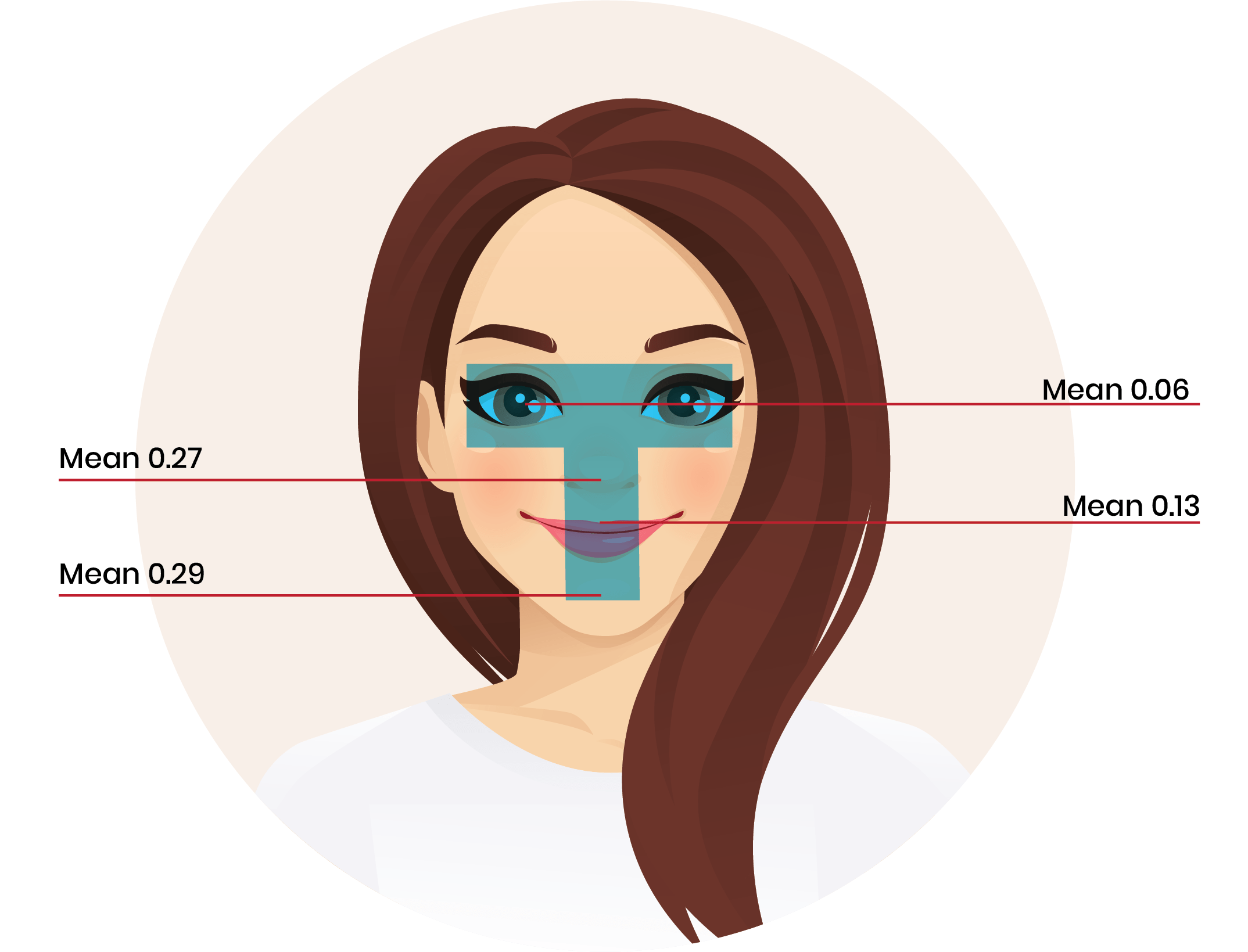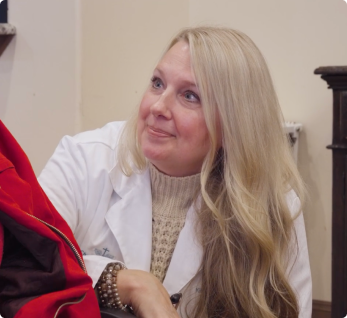
National Hand Washing Awareness Month
December – National Handwashing Awareness Month
Nine months ago, many of us suddenly started standing over the sink with our hands full of suds singing a couple of rounds of the song Happy Birthday as we scrubbed. National Handwashing Week has never found such notoriety! Little did most of us know that it takes place each year during the first full week of December. With record numbers of new Coronavirus cases and deaths spiking across the U.S., it’s more important than ever to recognize the critical role hand washing and learning to keep your hands away from your face play in preventing the spread of COVID-19 and other communicable diseases.
Let’s take a quick quiz to see what you already know (many months into a pandemic!) about hand washing hygiene.
Handwashing Pop Quiz
Which of the following (according to the CDC and the latest research) is the most effective way to prevent the spread of Coronavirus and other communicable diseases?
- Observing social distancing (at least six feet, no touching, cover coughs and sneezes).
- Washing your hands with soap and water frequently and correctly, following CDC guidelines.
- Using hand sanitizer frequently and correctly, following CDC guidelines.
Answer: 2
Approximately ____ % of communicable diseases are believed to be transmitted by human hands?
- 25%
- 50%
- 80%
- 95%
Answer: 3
The U.S. is currently experiencing which of the following that can be mitigated by regular hand washing?
- A novel influenza virus pandemic.
- A national measles outbreak.
- A novel coronavirus pandemic.
- All of the above.
Answer: 3
Scrub is one of the 5 steps in proper hand washing. To be most effect you should scrub your hands for at least ___ seconds.
- 10
- 20
- 30
- 40
Answer: 2
The CDC guidelines for hand washing are based on __________ .
- Common sense steps developed by CDC scientists.
- Several extensive scientific studies.
- Product guidance from soap manufacturers.
- All of the above.
Answer: 2
Why is Handwashing Awareness so Important?
Why? Because we are bad at remembering as a population and even worse at how we wash our hands.
A quick survey of five pre-covid handwashing studies showed that on average, only about 40% of men and 64% of women wash their hands after using a public restroom.” Even though there is some evidence of some small improvements in these figures after the covid pandemic, that still leaves about 60% of men and 34% of women walking around with contaminated hands, not to mention cell phones, wallets, credit cards, and everything else we touch.
How to Wash Your Hands (and No, You Don’t Know How!)
Use these five steps* every time. Rinsing alone or a quick scrub does very little to kill viral contamination.
- Wet your hands with clean, running water (warm or cold), turn off the tap, and apply soap.
- Lather your hands by rubbing them together with the soap. Lather the backs of your hands, between your fingers, and under your nails.
- Scrub your hands for at least 20 seconds. Need a timer? The “Happy Birthday” song from beginning to end twice works well, or when you get tired of that song try humming the national anthem.
- Rinse your hands well under clean, running water.
- Dry your hands using a clean towel or air dry them.
* Refer to the CDC guidelines for complete directions and more information.
Stop Touching Your Face!
Hand-in-hand with handwashing, preventing disease means learning not to touch your face (whether you’re wearing a mask or not). The primary route of infection by viruses like COVID or any other microbial germs is through the mucous membranes on your face. The route of infection is via an area of your face called the T Zone, including your eyes, nose and mouth.
The T Zone

Of course, if your hands were always free of infectious agents, keeping them away from your face wouldn’t matter so much, but most people’s hands are rarely that clean for any length of time (as soon as you touch the door handle to the bathroom on the way out, you’re re-contaminated) and we have a genetic predisposition to touch our faces repeatedly every hour of the day, at the rate of about 24 times every hour on average or 384 times daily.
But it’s not impossible to reduce or eliminate face-touches, and between frequent handwashing, mask wearing, learning to avoid face touching, and social distancing, we should be able to reduce the current rate of infection and, on an individual basis at least, avoid COVID and other microbial diseases.
How to Keep Hands Off Your Face
It’s not easy–as we’ve seen, you’re going against nature and years of instinct, but try adopting the helpful tips adapted from the University of Maryland to help you reduce face touches.
It may have taken the seriousness of Covid-19 to elevate the importance of handwashing which now gives National Handwashing Awareness Month it’s due respect. Grab the soap!
Sources
https://nationaltoday.com/national-handwashing-awareness-week/
https://henrythehand.com/news-events/national-handwashing-awareness-week/
https://henrythehand.com/news-events/international-clean-hands-week/
https://www.cdc.gov/handwashing/handwashing-corporate.html
https://www.bbc.com/future/article/20200417-the-hidden-reasons-some-people-dont-wash-their-hands
https://today.yougov.com/topics/lifestyle/articles-reports/2020/01/30/hand-washing-soap-poll-survey
https://thesource.com/2020/03/07/men-wash-hands/
https://kslnewsradio.com/1923850/handwashing-covid19/
https://www.bradleycorp.com/handwashing/tips
https://www.cdc.gov/handwashing/show-me-the-science-handwashing.html
https://apic.org/monthly_alerts/dont-touch-your-face/
https://www.umms.org/coronavirus/what-to-know/prevention-safety/protect/not-touch-face
https://www.mayoclinic.org/diseases-conditions/infectious-diseases/in-depth/germs/art-20045289
Face touches image used via public domain with source acknowledgement Yen Lee Angela Kwok, MBBS, MPH, MHM, PhD, Jan Gralton, BSc (Hons), PhD, and Mary-Louise McLaws, DipTropPubHlth, MPHlth, PhD, “Face touching: A frequent habit that has implications for hand hygiene,“ Volume 43, ISSUE 2, P112-114, February 01, 2015 of the American Journal of Infection Control, from https://www.ncbi.nlm.nih.gov/pmc/articles/PMC7115329/figure/fig1/.
T-Zone image used via Creative Commons License 4.0, Juma Rahman, Jubayer Mumin, and Bapon Fakhruddin, from “How Frequently Do We Touch Facial T-Zone: A Systematic Review” published in the Boston College Annals of Health, July 6, 2020.
See More Articles
-
Visiting Your Aging Parent With Memory Loss at Avalon Memory Care
As a loving son or daughter, you naturally want the best of care for your senior parent. The compassionate assisted living caregivers at Avalon Memory Care want you to know that while your parent is living with us, he or she will receive nothing less than respectful, loving care within our comfortable, safe, and fully-staffed
-
Celebrating New Year’s Day in Memory Care
Families often find that celebrations with their loved ones in memory care are easier when they embrace new traditions. For instance, it may not be practical to expect your loved one to stay up until midnight on New Year’s Eve. Instead, consider throwing a New Year’s Day celebration, complete with a countdown to the first
-
Understanding Parkinson’s Disease and Dementia
Parkinson’s disease is an incurable neurological disorder, with progressively worsening complications. Perhaps the most well-known symptom of Parkinson’s is a hand tremor, but it can also cause speech changes, muscle rigidity, and impaired posture. Eventually, as the disease progresses, more than half of all individuals with Parkinson’s will require dementia care. This particular type of
Testimonials
Downloadable Resources
We Are Avalon
Discover the heart of our community; download ‘We Are Avalon’ to get to know our dedicated team and our commitment to providing a warm, family-like environment.
Transitional Care Guide
If you’re considering a transition, we’re here to help; download our Transitional Care Guide for compassionate guidance through each step of the process.
Schedule a Tour
Visit one of our 30+ campuses and experience our unique approach to memory care.












